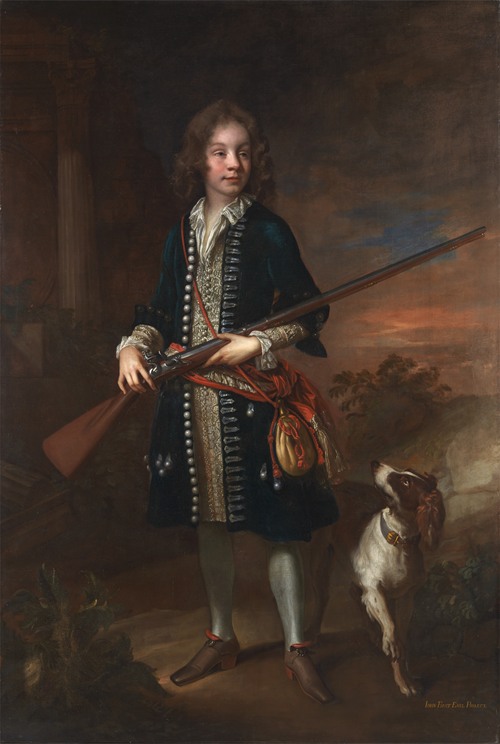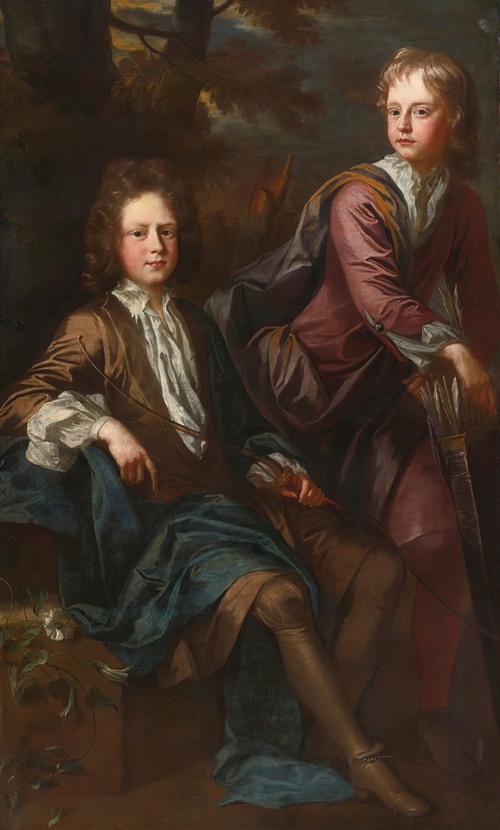

John Closterman was a Westphalian portrait painter of the late 17th and early 18th centuries. His subjects were mostly European noblemen and their families.
Born in Osnabrück in the Holy Roman Empire (now in Lower Saxony), Closterman was the son of an artist who taught him the rudiments of design.
In 1679, Closterman went to Paris and worked under François de Troy. In 1681, he went to England. He worked for John Riley, painting the draperies in Riley's portraits
When Riley died in 1691, Closterman finished several of his portraits. Because of his work on Riley's portraits, Charles Seymour, 6th Duke of Somerset, hired him to create some paintings. However, Somerset became dissatisfied about a portrait of the Italian painter Guercino that Closterman had painted for him, ending the relationship. Lord Halifax eventually purchased the portrait.
In 1696, Closterman was invited to the court of Spain, where he painted a portrait of Charles II of Spain, his wife, Mariana of Austria and some others. He also traveled to Italy twice, where he bought several artworks. When he returned to England, Closterman found a high demand for his services among the society elite.
At this time, he married an Englishwoman, Hannah; she died and was buried on 27 January 1702. According to Arnold Houbraken, Closterman later took a mistress who stole much of his property and then left him. Her departure allegedly precipitated Closterman's physical and mental decline. Jacob Campo Weyerman, who took much of his biographical material from Houbraken, states "Closterman had taken a beautiful mistress who, while he was away in the country, robbed him of his valuables and disappeared, actions which drove the painter into madness".
Closterman died in 1711 and was buried in Covent Garden churchyard in London.

